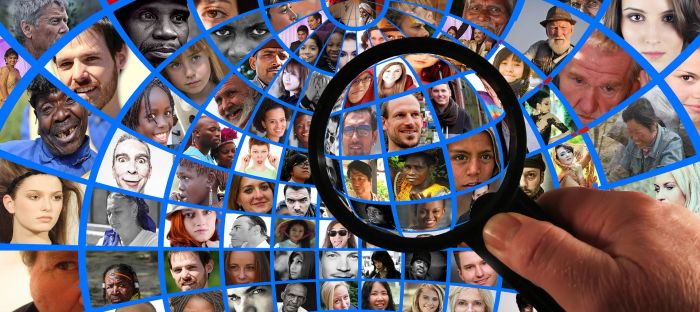American Population Changing

New data shows the United States is becoming more racially diverse. For the first time ever, the number of white Americans decreased. People who identify as ‘only white’ fell 8.6% over the last ten years. This group is still the majority, but it is down to 57.8% of the total American population. In contrast, other major racial groups got bigger. The Asian population grew 35.5% and the African American population rose 5.6%. The Latino population, an ethnic group of people born in or with ancestors from Spanish-speaking places, went up 23%.
In another change, many more Americans now consider themselves multi-racial. This number went from 9 million in 2010 to 33.8 million in 2020. This new data comes from a census that was carried out last year. According to the Constitution of the United States, the population must be counted every 10 years. The information is used to make political decisions, such as how many representatives each state can have in government. Other data is collected during the census and is used to help the government make decisions.
The data shows other trends. For one thing, the total population of the United States increased more slowly than in the past. Also, a higher percentage of people now live in cities and not in the country. The fastest growing city over the last ten years was Phoenix, Arizona.
Sources: nbcnews.com, bloomberg.com, wikipedia.com, wikipedia.com
For source links, see the article on ESLNewsStories.com
Audio
Hear the article spoken:
Useful Language
- Racially (adv) - relating to race
- Diverse (adj) - of various kinds
- Identify as (phr. v) - to claim you belong to a group
- Majority (n) - more than half
- Ethnic (adj) - relating to a group that shares a culture
- Ancestor (n) - a person you are related to from the past
- Census (n) - an official count of people
- Constitution (n) - the founding document for a country or organization
- Trend (n) - the way things are generally changing
Discussion
Discuss the following questions with your partner(s).
- Have you filled in a census form? When? How long did it take? Were there any difficult questions?
- Are you interested in statistical information about your country? What would you like to know?
- What if any of the information in the article surprised you?
- If you imagine an American city, what kinds of people do you see?
- How is the population of the U.S. different from the population of your country?
- Do you think the trends mentioned in the article will continue? If not, what will happen?
- Would you rather live in a city or in the country? Why?
- Do you know many people of different races or ethnicities? Are they very different from you? Or are people basically the same?
- Some white Americans seem worried their group is getting smaller. What would you say to those people?
- Population growth in the U.S. is slowing down. Will it eventually start getting smaller? Can a country succeed if its population isn’t growing?